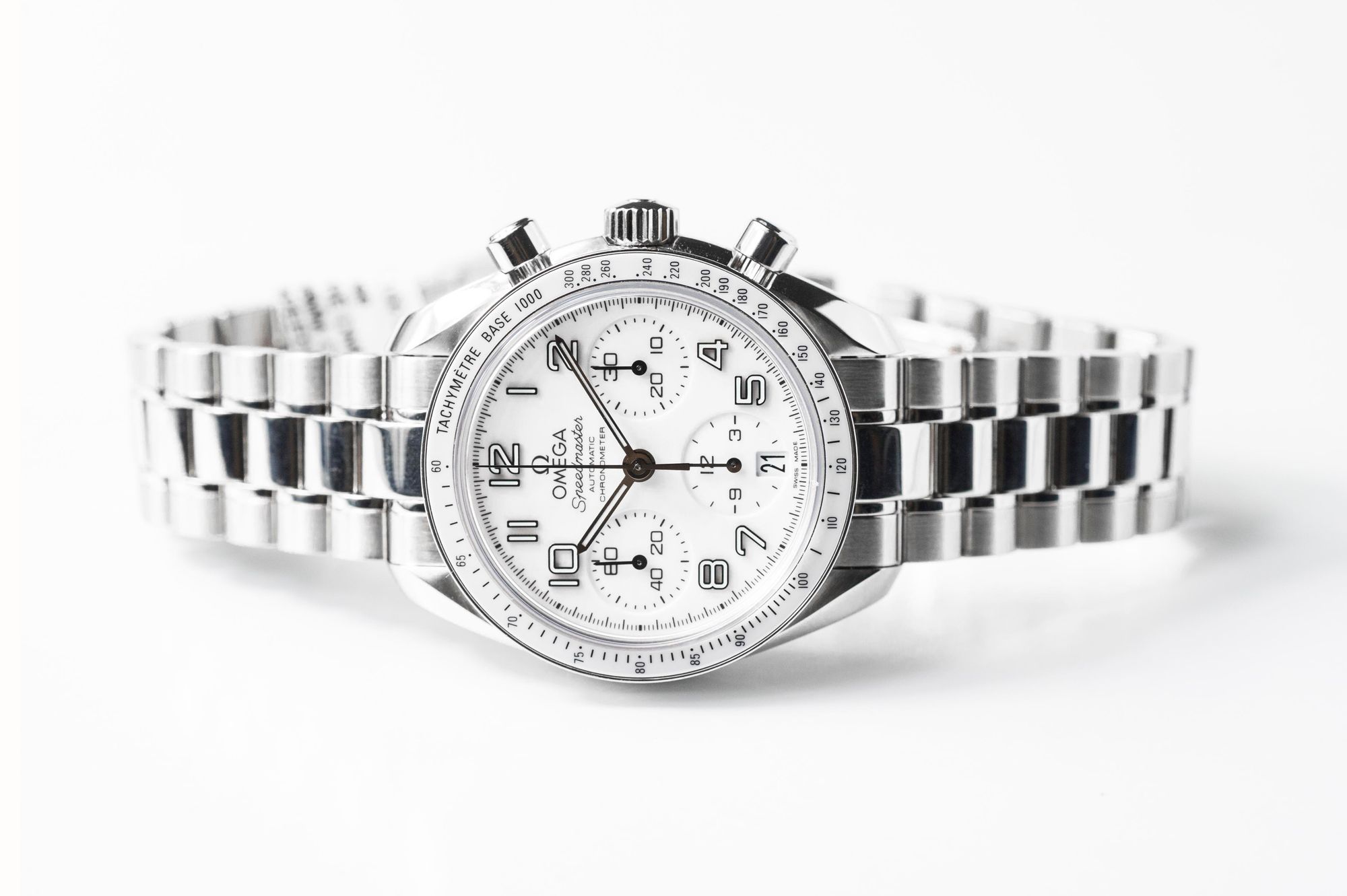Omega is a name that carries prestige, history, and craftsmanship in the world of luxury watches. Founded in 1848, Omega has built a reputation as one of the most reliable and elegant watch brands in the world. From being the official timekeeper of the Olympic Games to accompanying astronauts to the moon, Omega watches are synonymous with precision and innovation. However, their popularity and high price tags have led to a booming market for Omega replica watches, raising questions about quality, ethics, and value.
Understanding the Replica Market
Replica watches are imitations of authentic timepieces, designed to mimic the appearance of original luxury brands. These are often produced without the permission of the brand owners and sold at a fraction of the price of genuine models. Omega is one of the most commonly replicated brands due to its high demand and global recognition.
The replica industry is vast and varies in terms of quality. Some replicas are easily identifiable with low-quality materials and inaccurate designs. Others, often referred to as "super clones" or "1:1 replicas," are so well-made that they can fool even trained eyes. These higher-end copies may use Swiss movements and real sapphire glass, making them look and feel almost identical to a genuine Omega.
Why People Buy Omega Replica Watches
The affordability of replica watches is one of the primary factors driving customer behavior. Depending on the style and features, an authentic Omega watch can cost anywhere from $3,000 to more than $50,000. Such prices are just out of reach for many. Conversely, replica timepieces provide the appeal of luxury at a significantly reduced price, frequently less than $500.
Replicas are also seen by some consumers as a short-term fix, allowing them to appreciate a luxury watch's design without having to pay full price. Others might wear them for particular events, protecting their real luxury timepieces from possible harm or loss.
How Realistic Are Omega Replicas?
The realism of an Omega replica depends largely on the manufacturer and the price point. Lower-end replicas usually have noticeable flaws such as incorrect logos, poor engraving, or rolex copy watches in dubai unreliable movements. These are often easy to detect.
However, high-end replicas, especially those labeled as "AAA" or "Swiss grade," can be surprisingly accurate. They may use automatic movements that resemble Omega's Co-Axial mechanisms and may even include features such as ceramic bezels or laser-etched logos on the crystal. Some replica sellers go as far as replicating the weight, polishing, and packaging of the original.
Yet, no matter how convincing they are, these watches cannot match the engineering, durability, or heritage of a real Omega timepiece. While they may look similar, the materials and craftsmanship will always fall short of the original.
The Legal and Ethical Considerations
In many countries, it is illegal to buy or sell replica timepieces. Purchasing a copy for personal use isn't always against the law, but selling them, especially without notice, may constitute fraud and trademark infringement. Companies such as Omega make significant investments in quality assurance, design, and innovation. By purchasing a replica, one is effectively condoning intellectual property theft.
Additionally, the replica industry often lacks transparency and ethical oversight. There are concerns about labor practices, environmental standards, and funding of illegal enterprises. For individuals who value ethics in fashion and purchasing, these concerns are not insignificant.
Risks Involved in Buying Replicas
There are several risks associated with purchasing Omega replica watches. First, the quality and longevity of these timepieces are unpredictable. While some may last a few years, others may stop working within weeks. Repairing them can be nearly impossible due to non-standard parts.
Second, there's always a chance of falling victim to fraud. A lot of websites that advertise that they sell high-quality copies are actually scams. Customers might get nothing at all or a totally different product.
Finally, one's reputation may suffer if they wear a copy. Even if the buyer had no malevolent intent, wearing a fake watch can be interpreted as a sign of dishonesty or superficiality in some social or professional contexts.
Conclusion: A Choice Between Imitation and Authenticity
Omega replica watches are undeniably popular and can be very tempting for those who admire the brand but cannot afford its prices. Some replicas are impressively made, offering visual satisfaction and a touch of luxury at a budget-friendly price. However, they come with significant drawbacks — legal risks, ethical concerns, quality issues, and social perception.
Ultimately, owning a luxury watch like an Omega is about more than just appearances. It’s about craftsmanship, heritage, and authenticity. For those who cannot yet afford an Omega, saving up for a genuine piece or exploring affordable microbrands may offer a more rewarding and honest path. A replica may imitate the look, but it can never truly capture the essence of the real thing.
